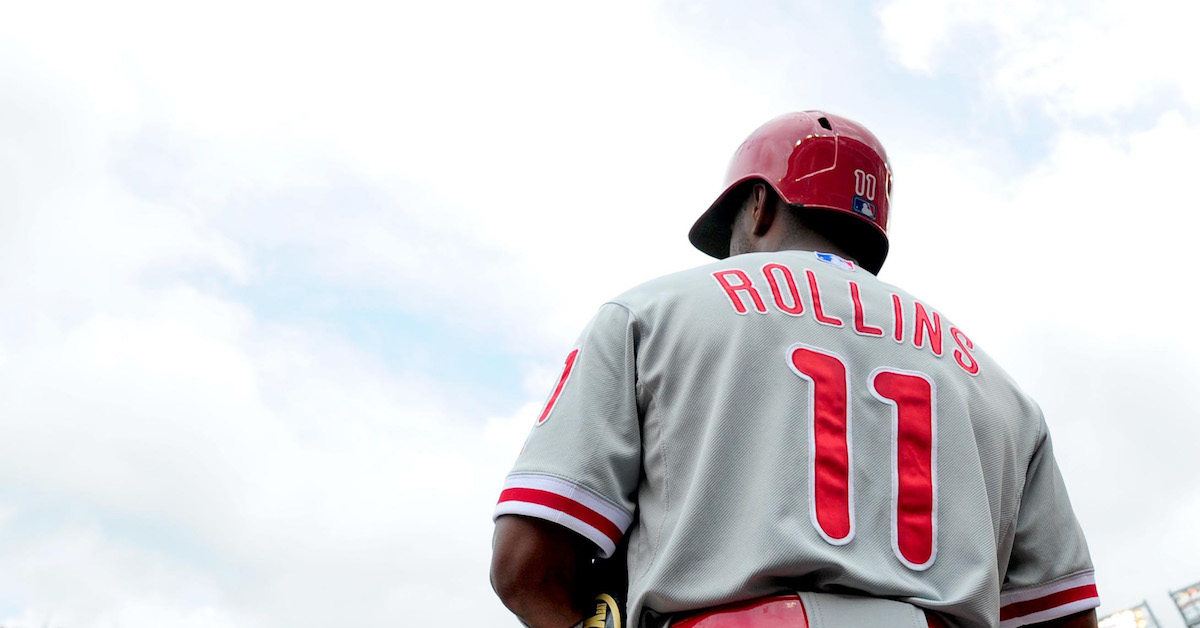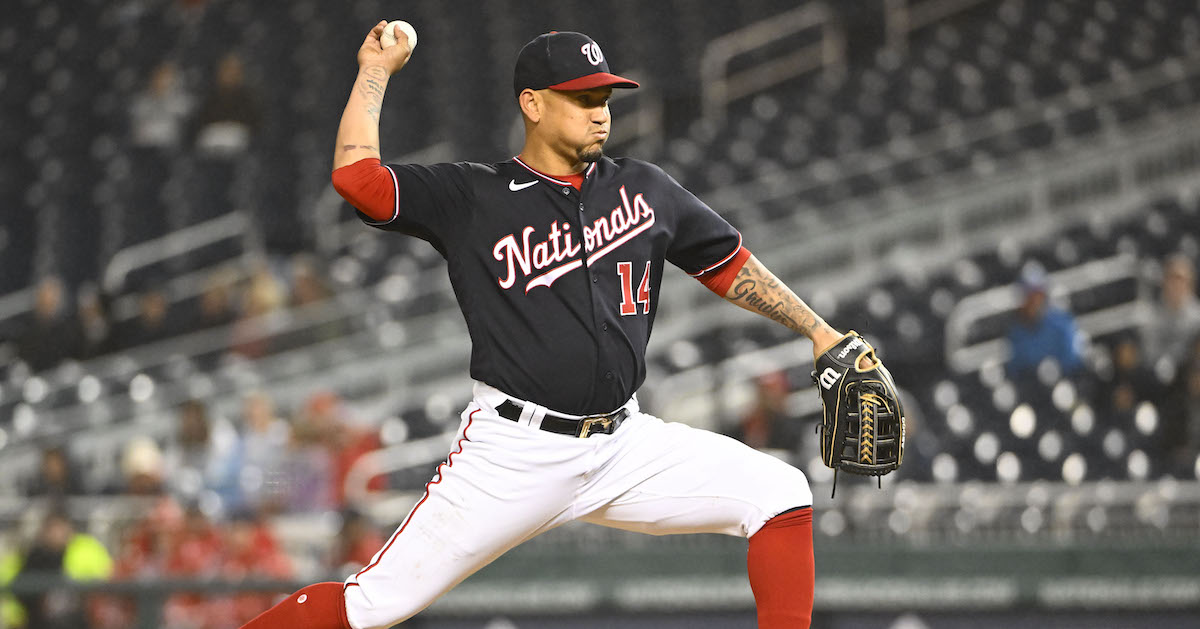Organizational Intern, Major League Strategy
Position: Organizational Intern, Major League Strategy
Reports to: Manager, Major League Hitting Strategy & Analysis
Department: Baseball Development
Location: Philadelphia, PA
Position Overview:
The primary role of this position is to aid in the day-to-day production of material to enhance the strategy and preparedness of our Major League coaching staff and players. This position will be responsible for integrating critical thought with organizational research and resources to provide high quality information to members of our Major League staff.
Responsibilities:
Breakdown of responsibilities may vary depending on the background and strengths of the candidate. We hope to develop the selected individual based on their goals and how they can best help The Phillies. Previous responsibilities covered by this role and areas you might be able to make an impact include:
- Pre-series advance reports covering all aspects of opposing players
- Research and analysis to guide player development at major league and minor league levels
- Production and formatting of information cards that drive in-game strategy
- Participation in group discussions to innovate and optimize internal processes
- Ad hoc projects to support major league coaches, Baseball Development and Baseball Operations
Required Qualifications:
- Careful attention to detail and strong problem-solving aptitude
- Excellent written, verbal communication and presentation skills
- Strong foundational knowledge in modern baseball analysis and evaluation
- Ability to multitask and meet strict deadlines in a fast-paced environment
- Ability to work effectively and collaboratively in a team setting
- Must be able to work flexible hours to include holidays, weekends, and evenings as needed
- Must be based in or willing to relocate to Philadelphia for the duration of the 2023 season
Preferred Qualifications:
- Fluency in Spanish is a plus
- Proficiency in SQL, R, and/or Python is a plus
You will be required to answer the following question along with the submission of your application:
Who is the best defender in Major League Baseball? Explain your reasoning. Please limit your response to 300 words.
To Apply:
To apply, please follow this link.
Baseball Video & Technology Associate – 2023 Season (Multiple Locations)
Title: Baseball Video & Technology Associate
Reports to: Manager, Minor League Video & Technology
Status: Full-Time, Seasonal
Locations:
- Lehigh Valley, PA
- Reading, PA
- Jersey Shore, NJ
- Clearwater, FL
Please Note – Housing will be provided by The Phillies for this role for all locations
Position Overview:
Oversee the daily video, sports technology, and advance scouting operations at assigned minor league affiliate. Duties will include, but not be limited to: filming and logging home and road games, as well as assisting in daily instructional film/data review sessions with coaches, players, and staff. In addition, the P.D. Associate will be responsible for maintaining all sports technology equipment including setup, logging, and uploading all data each day.
Essential Duties:
- Open and oversee operations of affiliate video room on a daily basis
- Be able to operate, troubleshoot, and support IP and high speed video cameras, computer networks, and network hard drives
- Film and accurately log all home and road games using BATS video system
- Film and capture data for bullpens, batting practices, and workouts based on requests by Phillies coaches and staff
- Be able to accurately and efficiently set up and run various sports technology equipment, including but not limited to: bat sensors, motion capture tools, and ball flight tracking technology
- Assist with daily data and video review sessions between Phillies coaching staff and players
- Provide regular status reports to Minor League Video Coordinator and other Player Development staff in Philadelphia and Clearwater
- Assist with various Player Development, Integrative Baseball Performance, and Player Information initiatives as needed
- On-field skills such as throwing BP is a plus
Qualifications:
- Bachelor’s Degree or currently enrolled college student
- Must be detail oriented and well organized
- Must have the ability to work with and protect highly confidential information
- Must be able to interact professionally with players, coaches, front office personnel and medical/training staff
- Must be able to work flexible hours, including nights, weekends and holidays
- Must be a team player with strong oral and written communication skills
- Must be active, quick-thinking, and a good technology troubleshooter
- Previous experience working with BATS video system and/or sports technology is preferred
- Previous experience working in baseball is preferred
- Must be based in or willing to relocate for the duration of the 2023 season (approximately February through up to end of September) to one of the following locations:
- Lehigh Valley, PA
- Reading, PA
- Jersey Shore, NJ
- Clearwater, FL
Physical Demands and Working Conditions
Must be able to stand and walk in hot conditions for long periods of time
To Apply:
To apply, please follow this link.
The content in this posting was created and provided solely by the Philadelphia Phillies.









